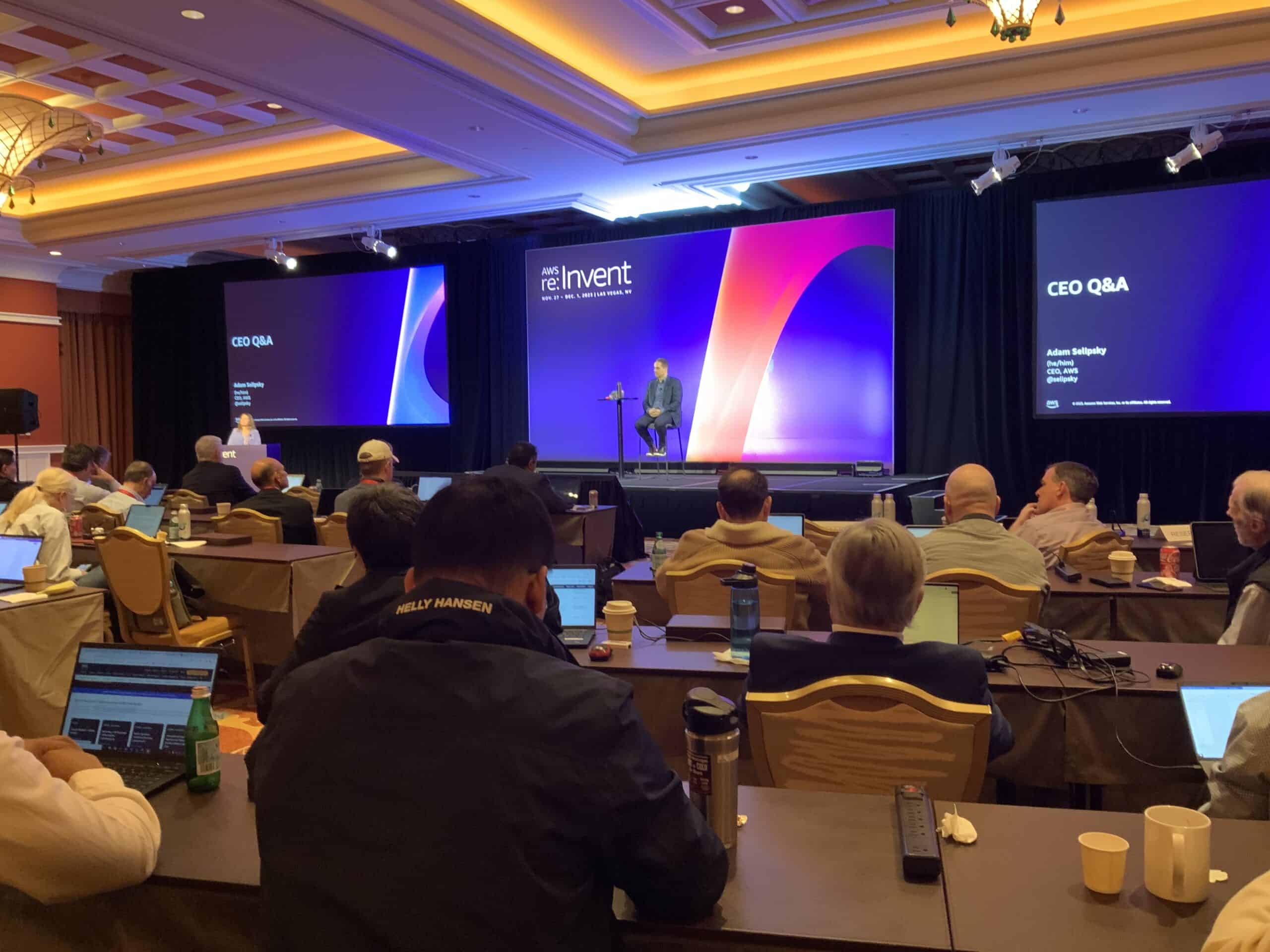Embracing the Cloud: How DB2 on RDS Revolutionizes Enterprise Application Migration
The landscape of enterprise computing is undergoing a seismic shift, with the public cloud emerging as a beacon of efficiency, scalability, and innovation. Among the vanguard of this transformation is the integration of IBM’s DB2 on Amazon’s Relational Database Service (RDS), a strategic move mirroring the impact of FSX for ONTAP. This integration isn’t just a technical leap; it’s a paradigm shift in how enterprises approach application migration and operations in the cloud era.
Breaking Down Barriers to Cloud Adoption
Traditionally, migrating to the cloud was a high-stakes game for enterprises, filled with complexities and uncertainties. The harmonious blend of DB2 on RDS changes this narrative. By offering a managed DB2 environment, AWS has effectively reduced the barriers that have long deterred enterprises from embracing the cloud for their critical applications.
Native Integration: A Seamless Cloud Experience
One of the standout benefits of DB2 on RDS is its native integration with AWS features, notably AWS Identity and Access Management (IAM). This seamless integration ensures that enterprises can leverage AWS’s robust security and management tools, making the transition as smooth as possible. It’s not just about lifting and shifting databases; it’s about embedding them into the AWS ecosystem, ensuring they work in tandem with other cloud services.
Risk Mitigation in the Cloud Journey
Migrating applications to the public cloud is often perceived as risky, particularly for legacy systems deeply embedded in an enterprise’s operations. DB2 on RDS addresses this by providing a familiar and reliable DB2 environment within AWS. This reduces the risk associated with migration, ensuring business continuity and operational integrity.
Easing the Development Burden
Another significant advantage is the alleviation of strain on customer developer resources. With DB2 on RDS, the heavy lifting of database management, including upgrades, patching, and backups, is handled by AWS. This frees up enterprise developers to focus on innovation and core business functions rather than the nuances of database administration.
Simplifying Billing and Cost Management
The shift towards a pay-as-you-go model is perhaps one of the most transformative aspects of DB2 on RDS. Traditional enterprise applications and infrastructure were seldom associated with flexible pricing models. This integration ushers in a new era of cost management, where enterprises can scale their usage and costs in tandem with their actual needs, avoiding upfront investments and over-provisioning.
Conclusion
In summary, the integration of DB2 on AWS RDS is more than a technical advancement; it’s a strategic enabler for enterprises looking to harness the cloud’s power. It aligns with the broader trend of first-party AWS Cloud services, offering native integration, reduced migration risks, eased developmental strains, and simplified billing. This is not just about moving to the cloud; it’s about redefining how enterprises operate in an increasingly cloud-centric world.
Share This Story, Choose Your Platform!

IT infrastructure subject matter expert (Cloud, Virtualization, Network & Storage) praised for transforming IT operations in verticals that include Pharma, Software, Manufacturing, Government and Financial Services. I’ve lead projects that include consolidation of multiple data centers and combining disparate global IT operations. “Three letter” Federal agencies have called upon me to lead the modernization of critical IT communication platforms.




